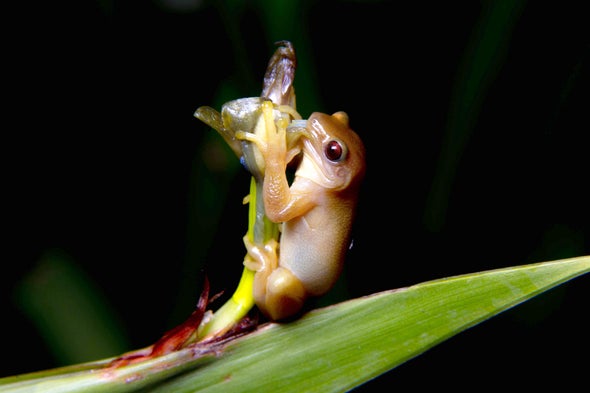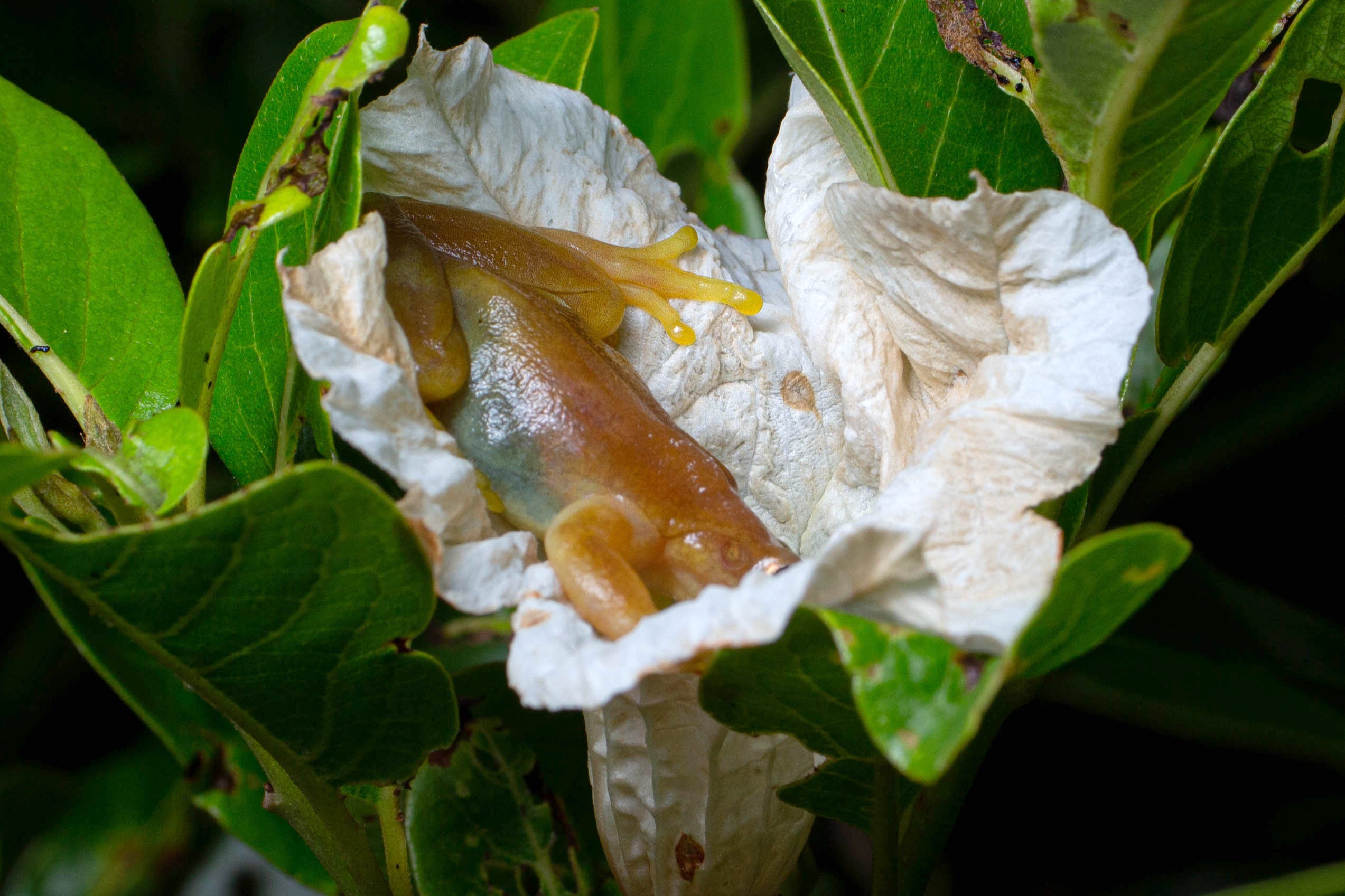This, Dear Readers, is Mister Elegance. For those who can’t see, he’s a mostly black cat, sitting hunched over with one hind leg (with a white foot) stuck forward a little awkwardly. You don’t notice it much when he’s walking, but when he sits, that leg always sticks out oddly. I call him Mr. Elegance, because he’s always making a leg.
It is exceedingly clever.

Mr. Elegance is one of a few cats (and foxes) that wander through my little corner of Dublin, and while most of them seem to have homes (keep your cats indoors, if you value your ecosystem), I get the impression that Mr. Elegance is on his own in the world. In this next picture, you can see him trying to get a grip on a misshapen toilet paper tube.

He likes to hang out on the roof of my shed, which is right outside my window. It’s covered in moss and twigs, and gets some sun during the day. I put some catnip in the cardboard tube, and tossed it down onto the roof for him. In this next picture, you can see that he’s gripping the tube in both front paws, and biting it very ferociously.

He first showed up a couple years ago. We already have one cat, who doesn’t play well with others, and it’s a small flat. We also can’t really afford another cat, so we have to settle for being friendly, and supplying drugs. In the next picture, he’s rabbit-kicking the tube, but his face looks a little bored.

There was a period of almost a year when we didn’t see him around, and we worried about him. I suppose it’s not good news for the birds, but I was glad when he showed up again. In the next picture, he’s dropping the tube, and looking up at me, looking down at him.

After he’d gotten his fill of catnip, he settled down for a nap, still sticking that leg out.




